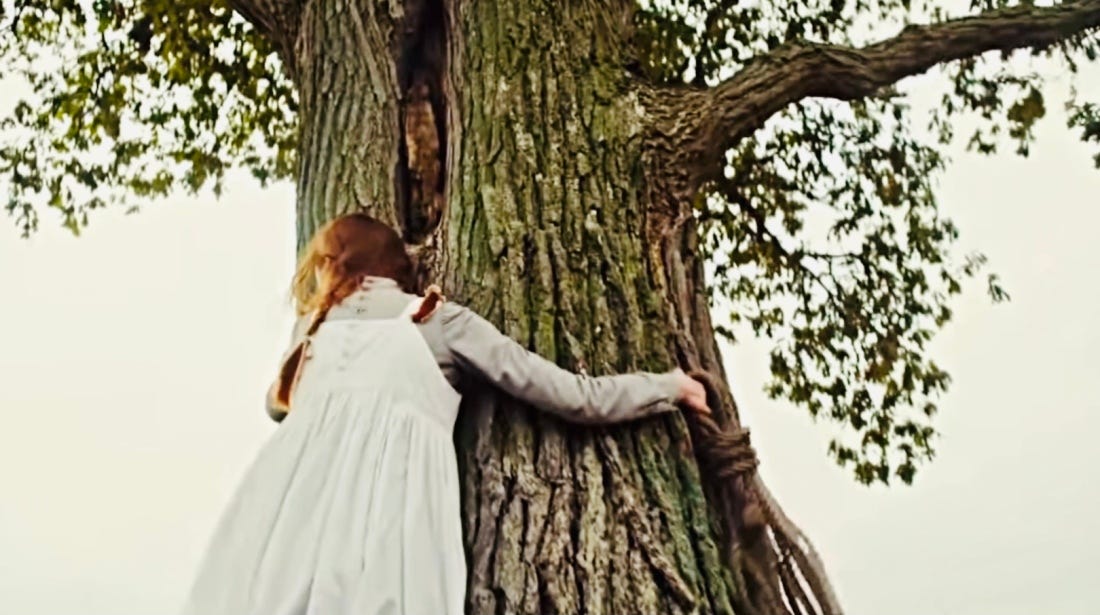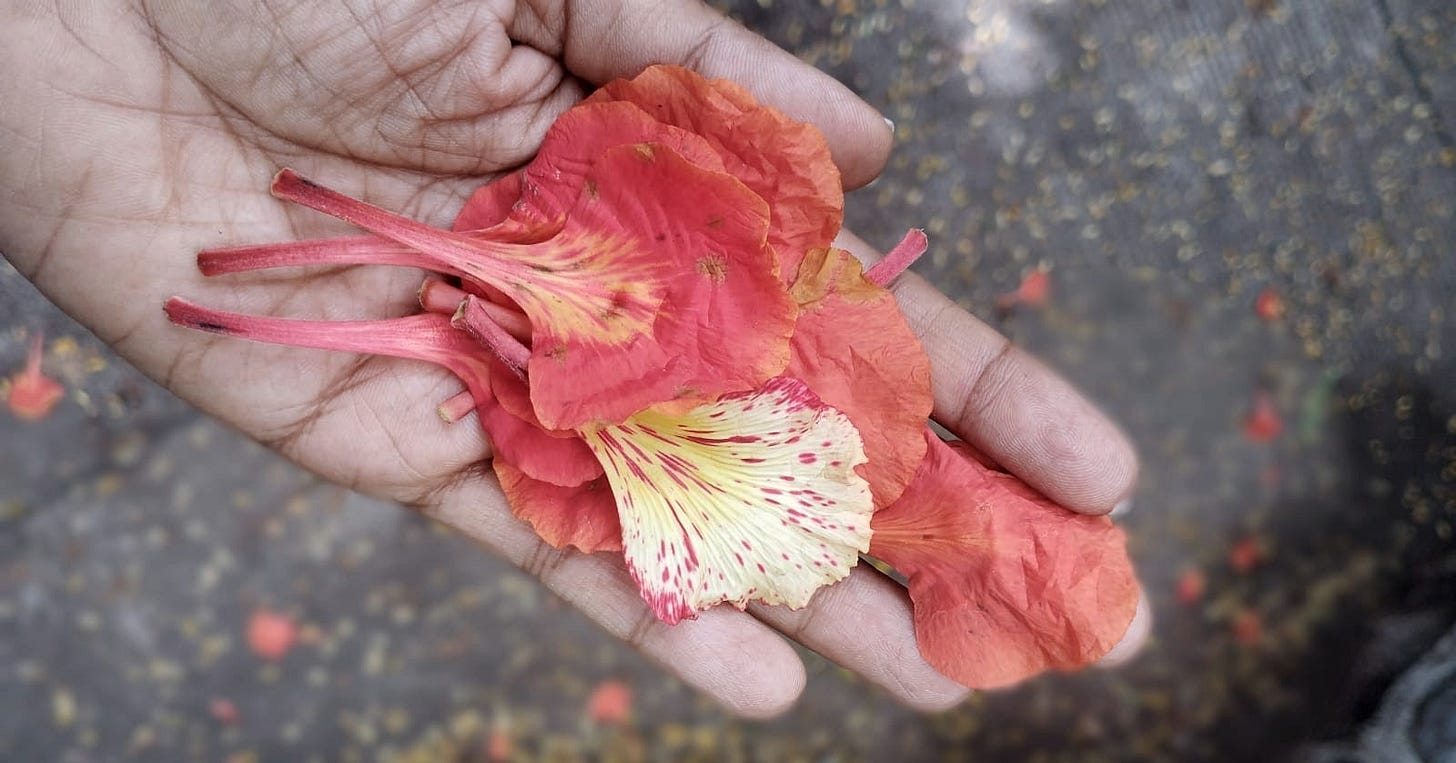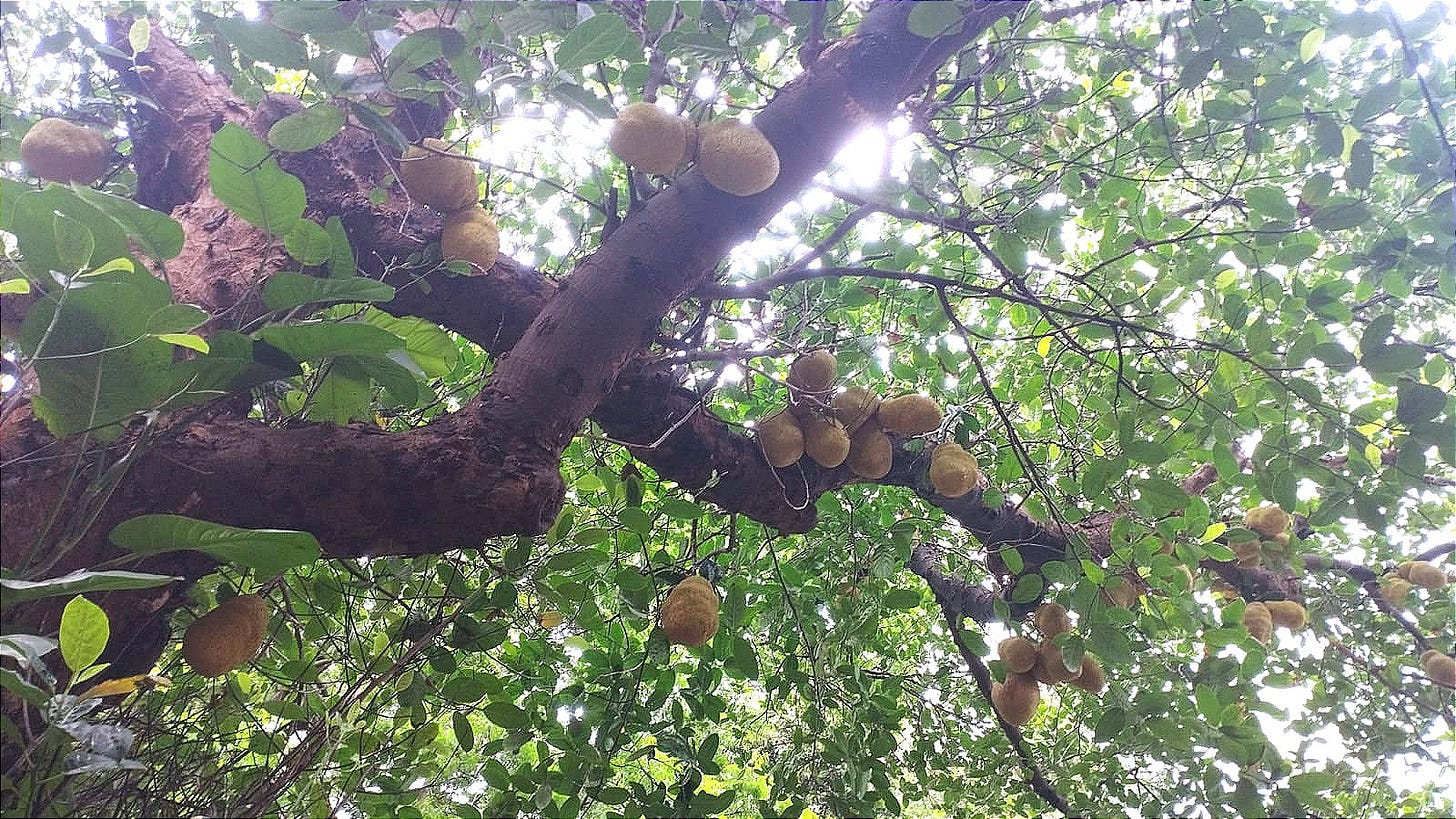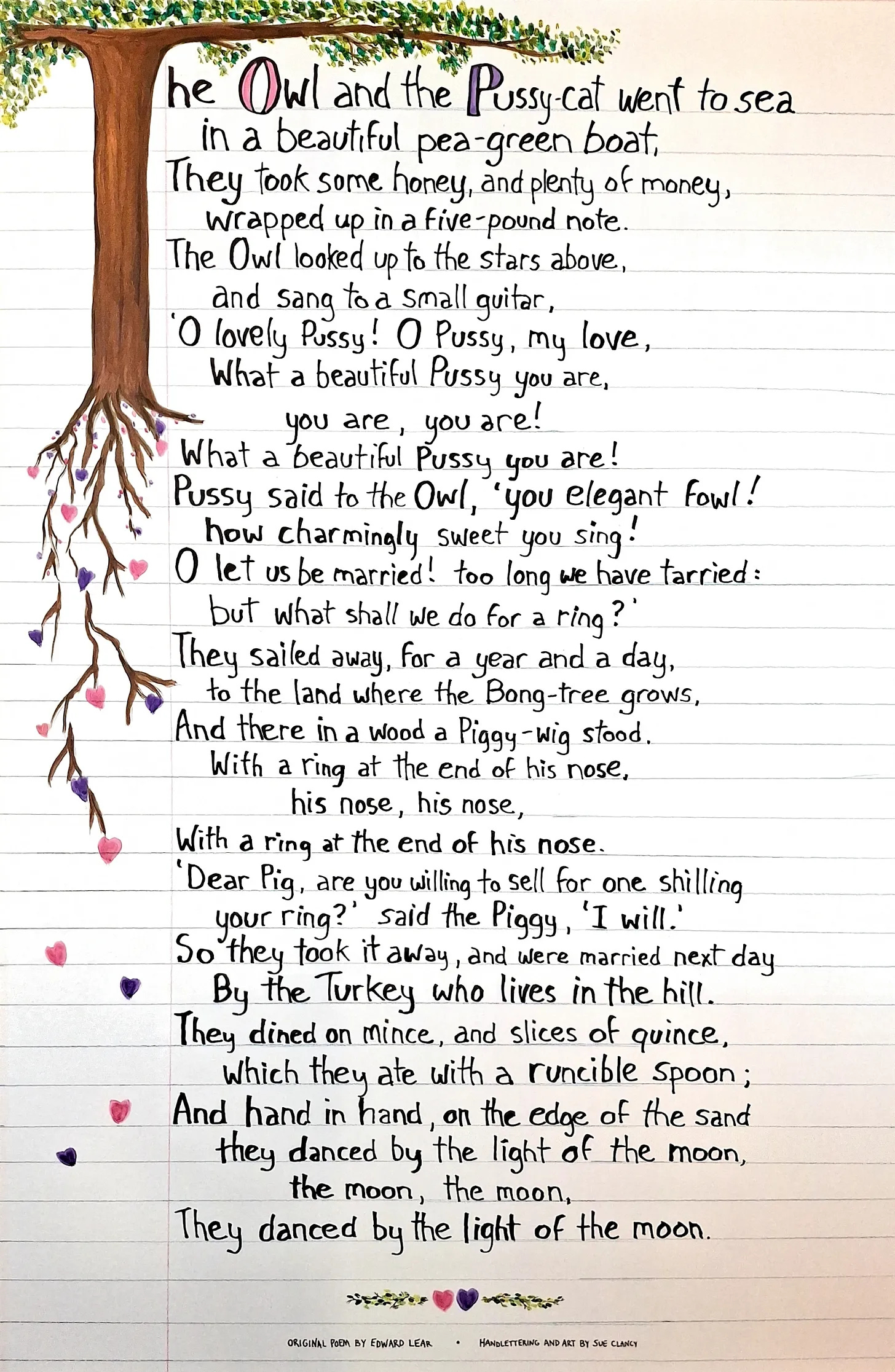THE TREES I GREW UP WITH
The Mumbai I grew up in was mellow.
The city was called Bombay then, and it was in many ways softer than the city it is transforming into today. In Bombay, modest apartment blocks, like the one I grew up in, were just a few storeys high and had spaces for children to play and trees to grow.
I remember climbing the jamun (Java plum) tree that stood quietly in a corner of our building premises, a willing participant in the laughter and ruckus created by us kids as we scrambled around the open yard. As a five year old, I attempted to reach up its branches by climbing on the roof of the only two cars in the block parked below it. The fragile branches of the jamun tree happily bore the weight of my wiry frame and allowed me a bird’s eye view of the world.
A few years later, I had to bid goodbye to the jamun tree. Nashik, a small town near Bombay, became my new home and its trees, my new friends. I gaped at the vast and dense spread of an old tamarind tree located in a colonial-styled villa near my home. I craved after the tempting, fruit laden mango tree in their garden. I sat under the lovely apta tree in my school that burst into pink blossoms every year, heralding spring. I admired its oval, twin leaves, which were exchanged with family and friends as a symbol of gold during the festival of Dussehra.
To my utmost wonder, a moringa tree that my mother had planted outside my window grew at the speed of Jack's beanstack, bursting into long pods of drumsticks within a year. In a few years, a gulmohar tree towered over our house, providing a lattice of sunlight and shade and filling our front yard with flaming red and yellow petals during summers.
As I grew older my circle of exploration grew. I made friends with the Jacaranda tree that spread a carpet of lavender-blue blossoms along my route to college. I discovered the intoxicating fragrance of the frangipani (champa), and the mesmerising beauty of the magnolia (sonchafa) leaning across fences in quiet neighbourhoods. A fragrant kadamba tree adorned the courtyard at my workplace. I revelled in the blushing beauty of the Pink trumpet or the vasanta rani and gaped at the generous canopies of the rain trees as they spread across wide streets in swathes of emerald.
At the turn of the century, destiny brought me back to Bombay, now rechristened, Mumbai.
I braced myself to begin life in a different neighbourhood in this urban jungle, but yet again, I found myself surrounded by trees. A sprawling jackfruit tree, three mango trees, an Indian fig and a dazzling Indian almond embraced my new home, a rarity in a city that sprouted concrete buildings, flyovers and skywalks. Ever since, my summers are filled with an abundant harvest of jackfruits and mangoes, and autumns with the elliptical green and coppery-orange almond tree leaves covering the ground.
And yet, this proximity and connection to trees that I have sought and found in the city is a privilege not available to many of its citizens today.
Mumbai has transformed in the past few decades. High-rise towers are replacing low-rise apartments. Open spaces around the building are replaced with multi-storey parking. Old trees trunks and branches are being replaced with concrete columns and beams. Nature is diminishing to make place for luxury and speed.
In the quest to pierce the skies, the connection to Mother earth is being severed.
As I reminisce about growing up with my playmate, the jamun tree, I wonder -
Will the children living in Mumbai today find friends in trees? Will they climb, play and build memories around them? And most importantly, will we, the grownups, the city planners and lawmakers, the responsible parents and respectable citizens be ever able to forgive ourselves for enabling childhoods devoid of trees?
Artist and fellow Substacker Sue Clancy shared this beautiful artwork that embodies her belief that love emerges from earth and is dispersed via leaves. “Have you noticed how many trees have heart shaped leaves??!!!” she wrote, transforming the way I look at trees and inspiring me to write about the trees I grew up with.
I am grateful to Sue for helping me see my leafy friends as fountains of love. It is indeed magical to connect with her across continents and time zones through a shared love for trees.
Thank you for engaging with my writing. Every newsletter I write is a labour of love. If you wish to support independent writing, do buy me a book.








This is so beautiful— friendship with trees 💙
Lovely essay Minaz.